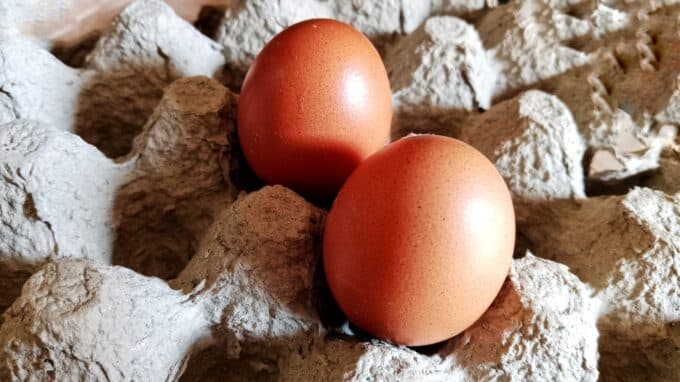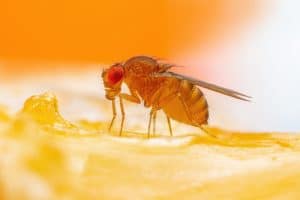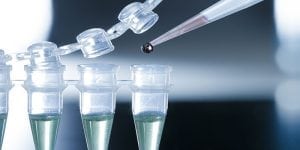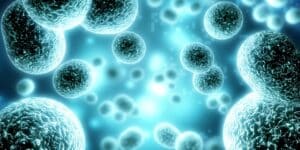A new study conducted on fruit flies provides the first evidence that oocytes – the cells that give rise to eggs – regularly rejuvenate the critical protein bonds that hold chromosomes together. The findings could be an important step in helping women reduce their risk of pregnancy as they age.
Ageing Eggs and the Potential Risks
Women are born with all the eggs they will have for life, and the cohesive bonds that link chromosomes together are made in these cells before birth. When they reach childbearing age, ovulation triggers the division of the egg, which leads to the formation of an egg that can be fertilized by a sperm. Cohesive bonds must be present in the dividing egg for an egg with the correct number of chromosomes to form.
As a woman ages, her egg cells also age. The loss of cohesive bonds as the eggs age is a factor that increases the likelihood of miscarriage and conditions such as Down syndrome in older women, a phenomenon known as the maternal age effect. The risk of producing an egg with the wrong number of chromosomes during cell division increases significantly after the age of 30.
Development of Therapeutic Strategies that Promote the Rejuvenation of Egg Cells in Older Women
However, Dartmouth researchers led by Sharon Bickel, professor of biological sciences at Dartmouth and corresponding author of the study, discovered that new cohesive bonds form on the chromosomes in the fruit fly egg cells, replacing the original ones. They observed specific proteins within the cohesin complex – the group of proteins that mediate the connections between chromosomes – and found that this rejuvenation process occurs throughout the development of the fly egg cell. The researchers state in their paper that if human oocytes have the ability to rejuvenate cohesive bonds, this mechanism could be less efficient due to oxidative damage caused by ageing. A decrease in rejuvenation could lead to an overall loss of chromosome binding.
The Bickel lab uses fruit flies as a model for studying the molecular mechanisms underlying chromosome cohesion. They have found that the effects of aging on fruit fly oocytes are similar to those in humans. In 2008, the lab reported a method for “aging” fruit fly oocytes that provided evidence that aging leads to a loss of cohesive bonds. A 2016 paper showed that increasing oxidative damage to fruit fly oocytes also leads to loss of cohesive bonds, while a 2019 paper from the lab reported that reducing oxidative damage in aging oocytes improves cell division outcomes. If they can identify the proteins and the mechanisms underlying cohesion rejuvenation in this system, Bickel says this could aid the development of therapeutic strategies that promote oocyte rejuvenation in older women and slow the loss of cohesion.
Further Innovative Research
The researchers at Dartmouth pursued various approaches. Some of the fly strains the team used were bred by co-author Katherine Weng when she was a student in Bickel’s lab. The tools available for fruit fly experiments allowed the researchers to manipulate proteins at an earlier stage of the egg cells, but still after the original cohesive bonds had formed. They also used two different methods to monitor a protein found in all variants of the cohesin complex in fruit fly oocytes. Researchers working on mice focused on a single protein found only in a subset of cohesin complexes in mouse oocytes. According to the researchers, the work could help facilitate further experiments on mouse oocytes that could pave the way to discovering and understanding this process in humans,
Bickel and Haseeb, along with co-authors Alana Bernys (20) and Erin Dikert (21), who worked on the project as Dartmouth undergraduates, go a step further in a paper published June 8 in the journal G3. In it, the researchers identify proteins required for rejuvenation so that the molecular pathway(s) can be better understood.Another project of the Bickel lab is investigating whether dietary supplements can reduce the risk of chromosomal defects in fly egg cells that have aged.





